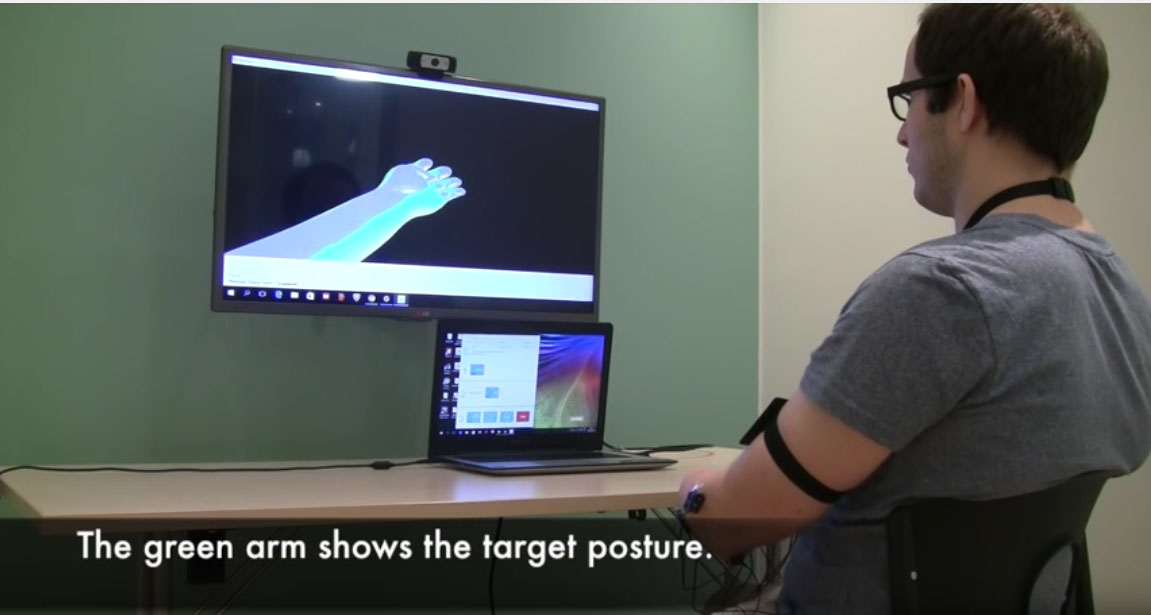Phantom-limb pain is one of the most controversial pathologies in medicine. Even though physicians are already capable of explaining it, there is no certain treatment for it. Consequently, it is one of the most difficult-to-treat chronic pain syndromes. Statistics on this syndrome aren’t great. It is estimated that more than 80% of patients with partial or total loss of a limb develop chronic phantom-limb pain (PLP). PLP studies have gone from thinking that the pain is ´in the patient’s head´ to the more advanced modern-era explanation aided by neuroimaging that has facilitated explorations of changes in peripheral and central neural networks after amputation and their contribution to the development of PLP.
And all of that only means that we have a better understanding of PLP. Of course: understanding PLP leads to more effective treatment protocols, but not all PLP cases are equal. No patient is the same as another, and the use of pharmacological options (nonsteroidal anti-inflammatory drugs, antidepressants, anticonvulsants, sodium channel blockers, and opioids, among others) can take an adverse toll on patients. Without a doubt, PLP is a difficult and uncertain road for these patients.
We are not saying that pharmacological treatments should be abandoned. However, Dr. Max Ortiz-Catalan with the Department of Signals and Systems at Chalmers University of Technology in Sweden, in collaboration with several others is working on a new method of treating PLP using machine learning and Augmented Reality phantom motor execution, as reported by The Lancet.
Using a combination of several technologies the team converted myoelectric signals into movements in a virtual arm and created an AR based environment in which the patients see themselves on a screen with a virtual arm. The team then blended these two technologies into a computer game with the objective to train the brain to send movement signals to the missing arm, in a fun, rewarding way. For a taste of how the program works, click here to watch a short video.
The team worked with 14 difficult to treat patients that had each been experiencing PLP for an average of 10 years. The team treated these patients with phantom motor execution twice a week for six weeks. The study revealed that after 12 sessions, patients showed significant improvements in all metrics of phantom limb pain, statistically and clinically. Phantom limb pain decreased from pre-treatment to the last treatment session by 47%; two of four patients who were on medication reduced their intake by 81%, and the best: the pain improvement lasted for 6 months after the last treatment.
PLP remains a mysterious clinical entity, but with the development of this amazing treatment option, and with the will and wit of physicians like Dr. Ortiz-Catalan, who is already preparing a bigger clinical trial to give more statistical power to this treatment, we can say for sure that AR is opening doors that previously we didn’t even know existed. AR is expanding treatment options in every single direction, and opening doors to a new era in medicine where we should remember that if we can imagine it, then we can do it!
Sources: NCBI, Chalmers, The Lancet









[…] (AR) for patients who have had amputations, particularly in upper limbs, who have suffered from Phantom Limb Syndrome. We discussed how AR could be used for the treatment of this painful condition. However, because […]